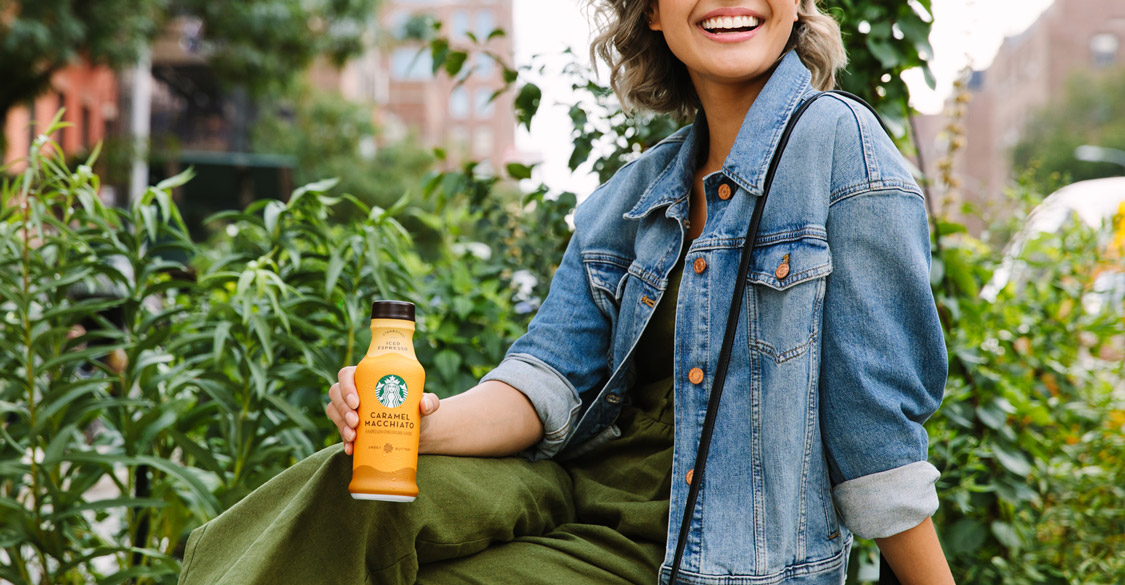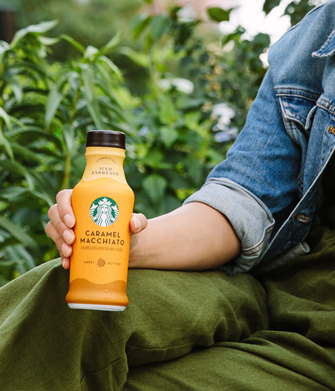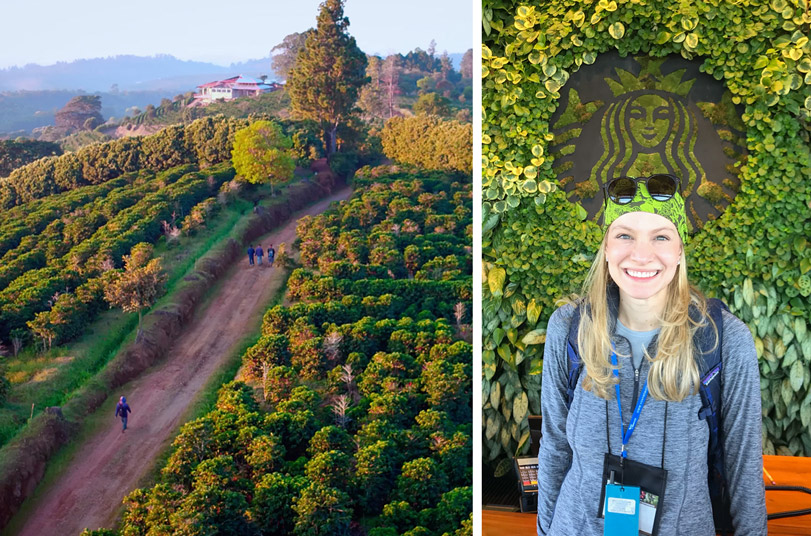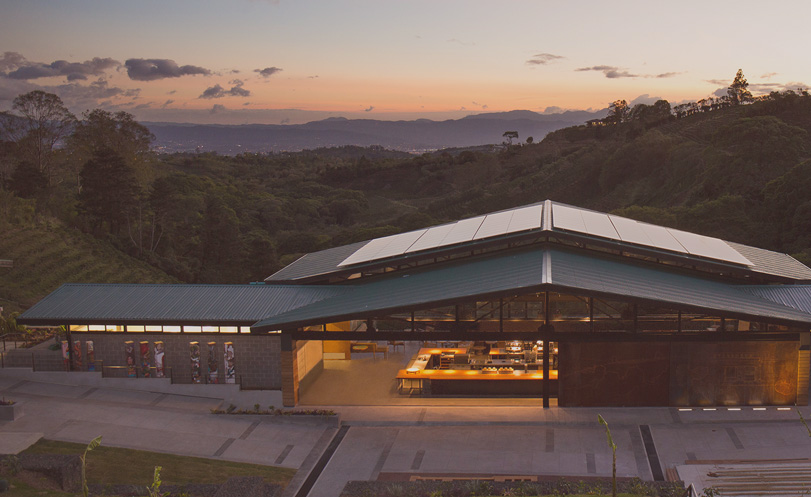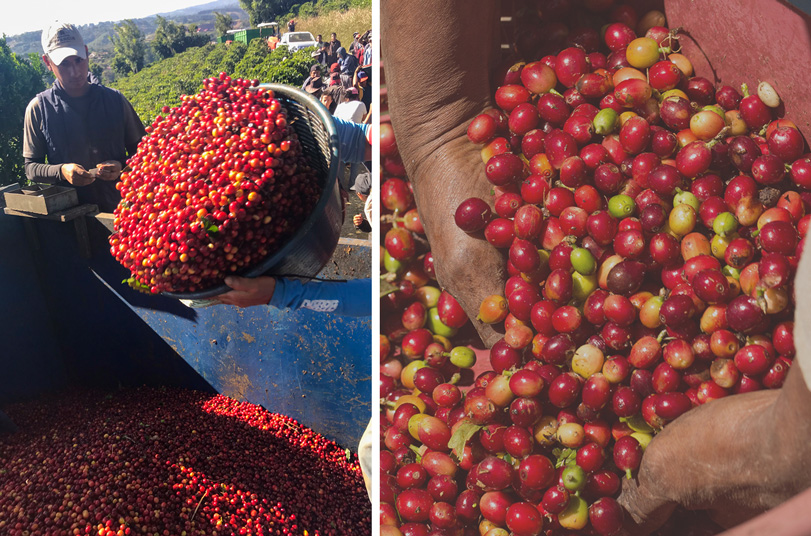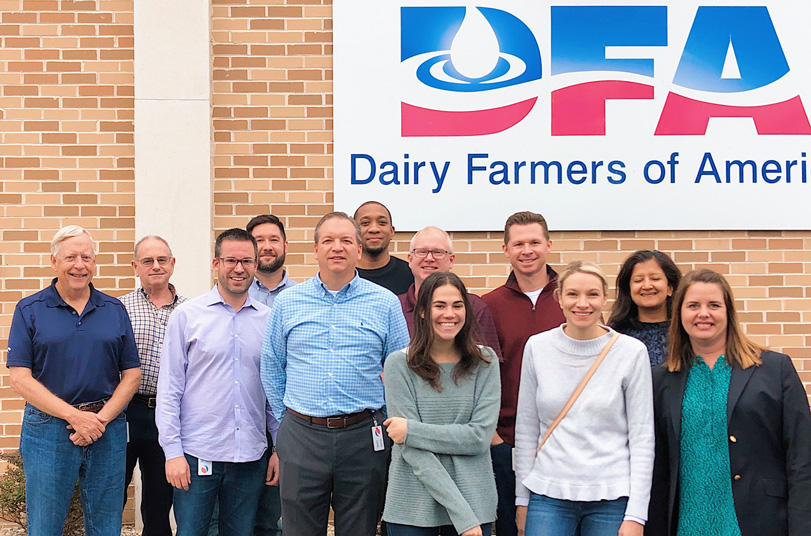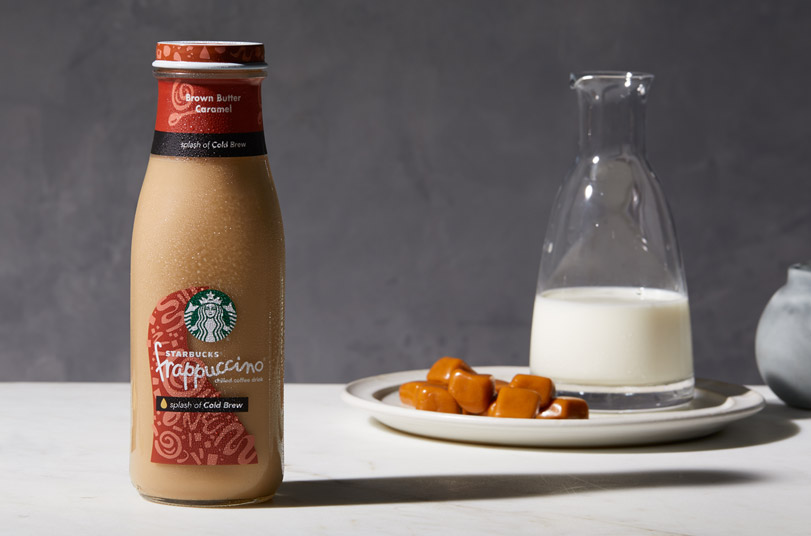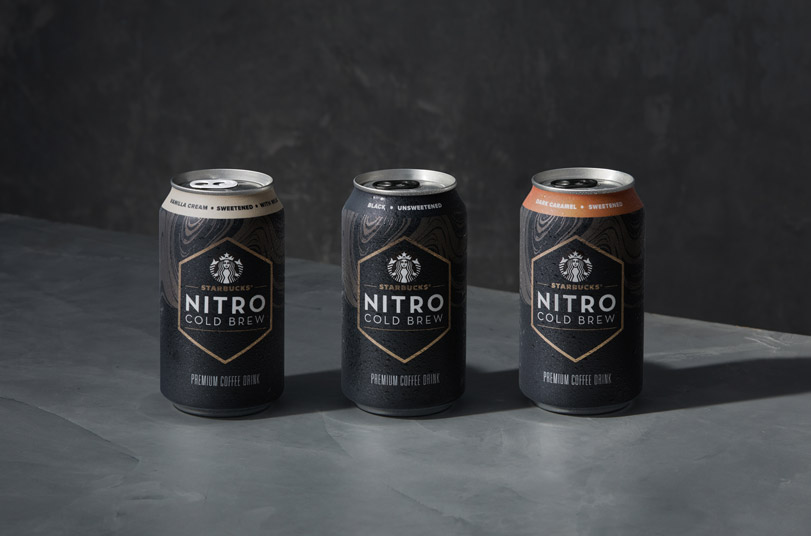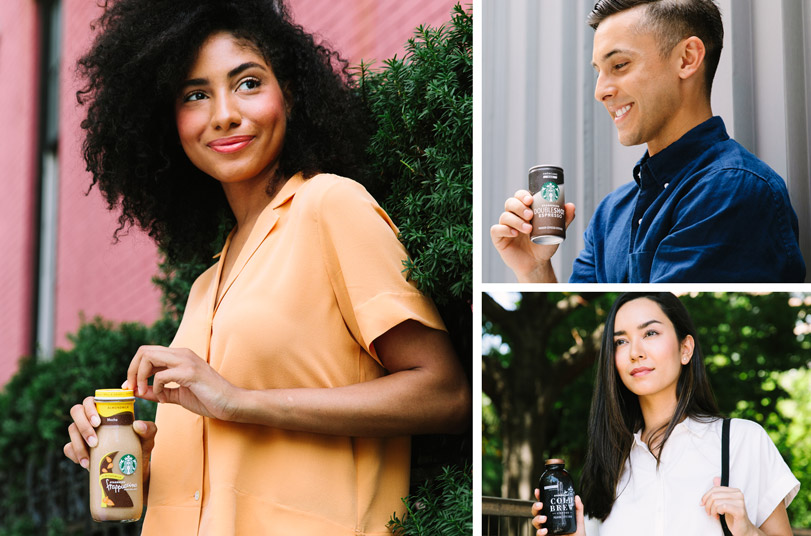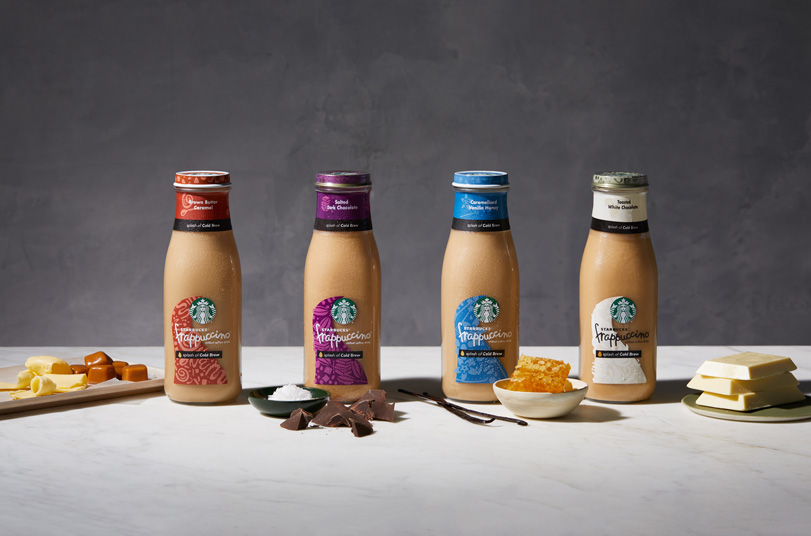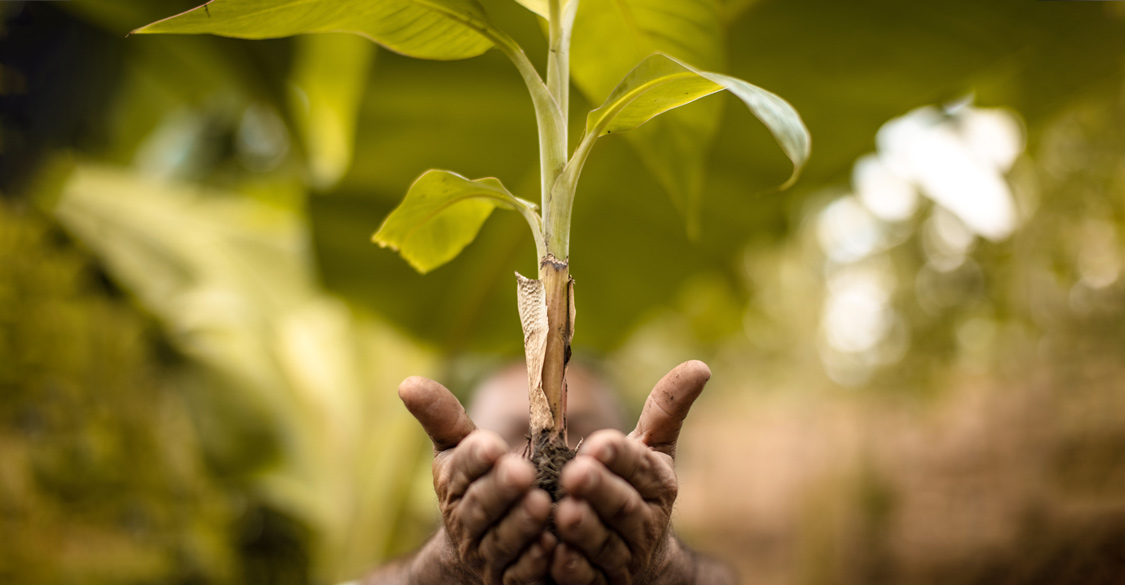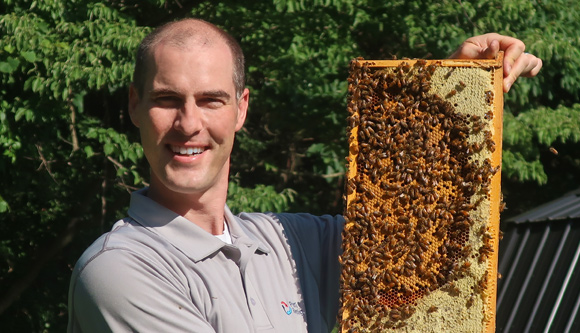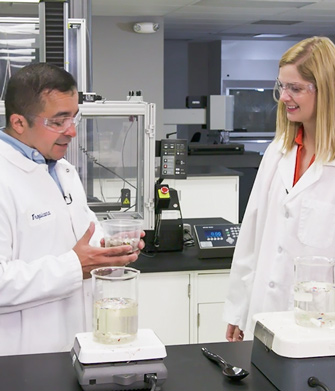In 2018, Lauren Prescott was picked to be one of the first PepsiCo partners to have a Starbucks Origin Experience, which meant she got to travel to Starbucks very own Hacienda Alsacia in the mountains of Costa Rica.
“It was incredible. It was like a true seed-to-cup experience,” she says. “And you get to drink a lot of coffee.”
Prescott is a senior director of marketing at PepsiCo, but she works in a highly specialized unit within the company called the North American Coffee Partnership (NACP). It’s a joint venture between PepsiCo and Starbucks that creates the ready-to-drink coffee products — like the Starbucks® Bottled Vanilla Frappuccino® — that you see in supermarkets and convenience stores.



